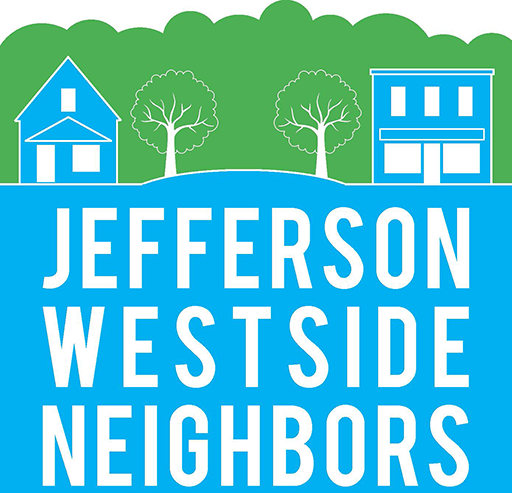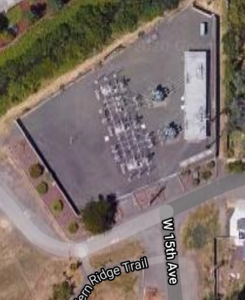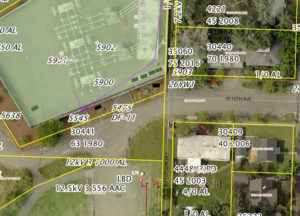Livability
Please join us for a discussion on Livability in the JWN @ our March 10 General Meeting at the UMC on Olive near 13th.
Below are some resources and some excerpted information and graphics on aspects of livability.
JWN Resources
From Livability Indicators CH2M-Hill
Envision Eugene “Neighborhood Livability” theme: Protecting, repairing and enhancing neighborhood livability is a central pillar of the community’s vision for Eugene.
How are “Livability” and “Quality of Life” defined?
“Livability” and “quality of life” are terms which, though in widespread use, do not have single agreed upon definitions. The following section briefly describes the common usage of each term and finishes with a proposed working definition for the Oregon Least Cost Planning tool.
Livability: Derived from the word “livable,” “livability” is defined broadly as “suitability for human living.” …factors such as political stability, safety, healthcare, education, public services, transportation, recreation, housing, and environmental quality.
Additionally, recent research conducted on five mature metropolitan livability programs3 throughout the United States resulted in a diverse array of livability objectives (Fabish & Haas, 2010). The types of livability objectives included in these programs include:
- environmental goals (such as air quality, open space, and greenhouse gas emissions);
- economic goals (such as economic revitalization and development);
- land use goals (such as compact, mixed use development);
- transportation goals (such as walkability, accessibility, and transportation choices);
- equity goals (such as affordable housing and mixed-income communities); and
- community development goals (such as sense of place, safety, and public health).
Broadly, quality of life refers to the general well-being of individuals and societies.
[…]When urban planners talk about enhancing quality of life, they are generally talking about the external conditions that contribute to quality of life (such as level of income or access to services and resources); rather than the internal experience of quality of life that is based more on subjective judgment and life satisfaction as a whole (Pichardo-Muñiz, 2010).
[…]For example community quality of life indicators refer to the benefits derived from increased physical activity; breathing clean air; having access to transportation choices, jobs, housing, education, open space, and healthy food; having adequate opportunities for recreation and leisure time; living in a pleasant, safe, and cohesive community; and having a sense of social belonging, among others (Forkenbrock & Weisbrod, 2001).
[…]While these are all very similar to the aspects of livability described above, (and indeed the two terms are often used interchangably in the urban planning field), the distinction lies in the difference between the presence and quality of the amenities of the built and natural environments (livability) and the user experience of those amenities and any associated health benefits (quality of life).
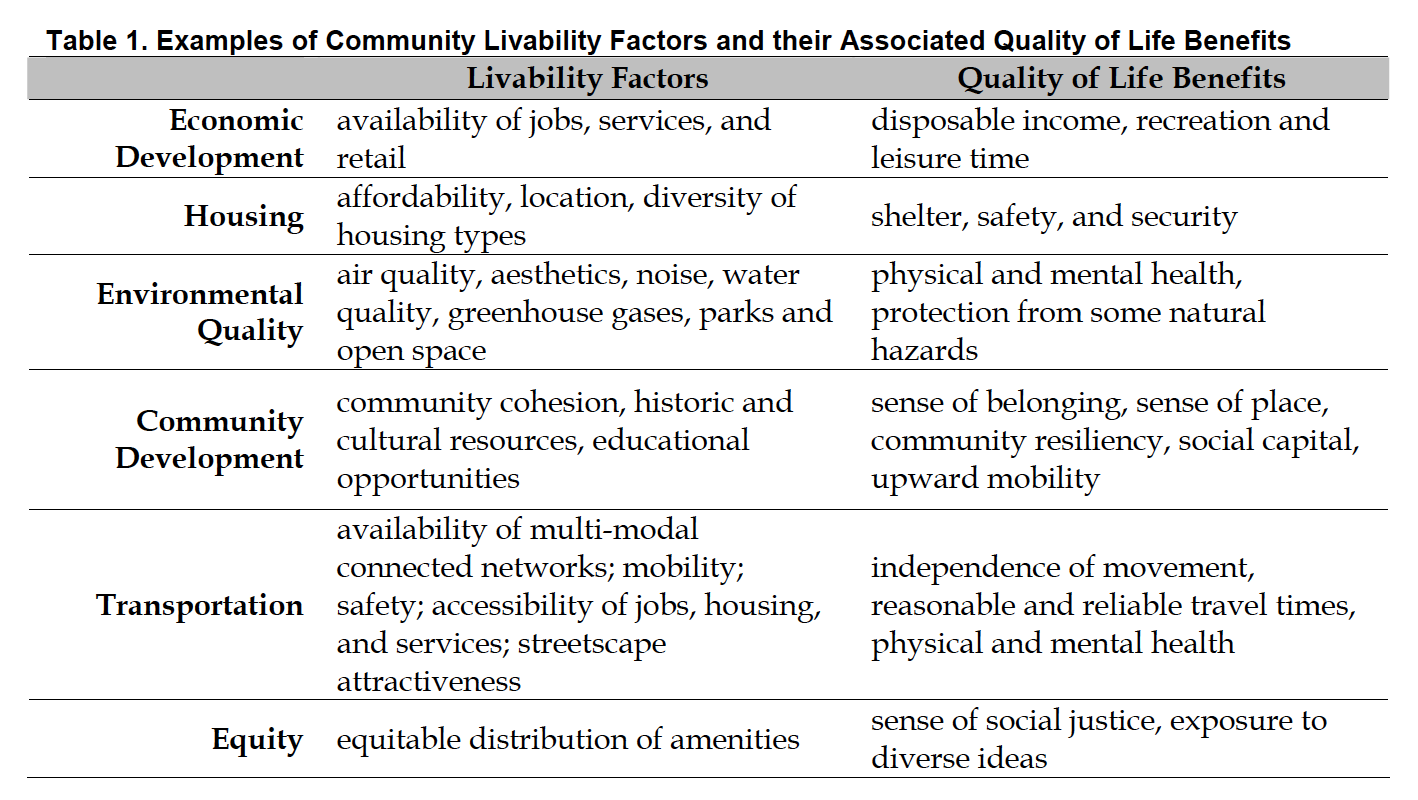
Perceptions_of_Livability_in_Oregon-Parker_and_Lewis-DRAFT_10_09_17_
From this process, several thematic categories emerged including (1) housing, (2) community features or attributes, (3) infrastructure, (4) natural environment, and (5) transportation.
[…]Community features such as lighted bike paths along a river, a covered bus stop shelter along a street, or drinking fountains in a downtown neighborhood are becoming the norm for livable places. In fact, livable places are often judged by the amount and diversity of community features (amenities) they have (Balas, 2004).
[…] Accordingly, communities need to consider the features they employ: “adopt a narrative that resonates by leveraging historic, cultural or other unique attributes of your community that tend to unite people” (Guzman and Douglas, 2015).
[…] Transportation is frequently associated with livability; either through mention of traffic congestion, safer streets, transportation alternatives and modal choices, or even the impact new technology could have on transportation systems into the future.
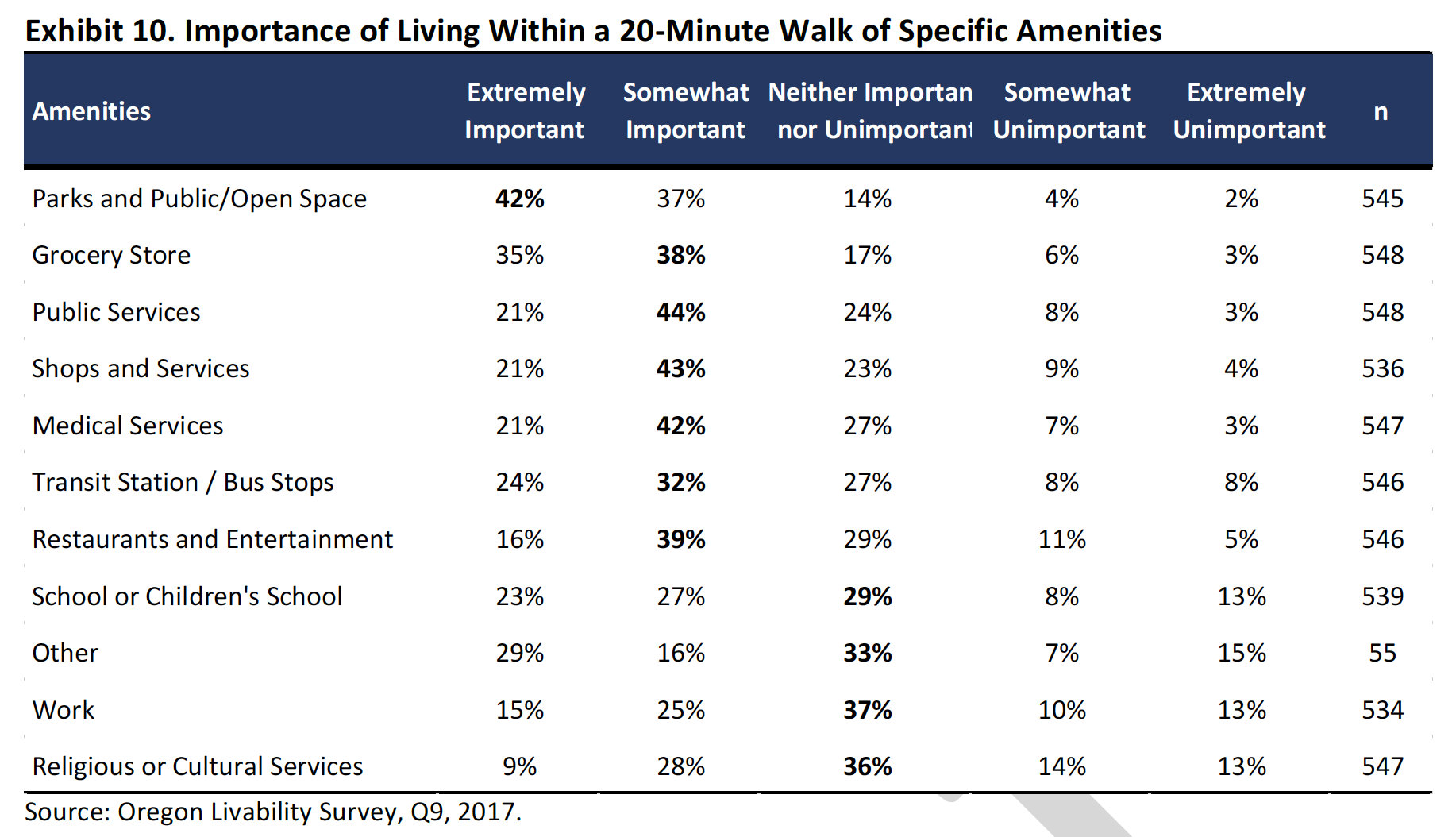
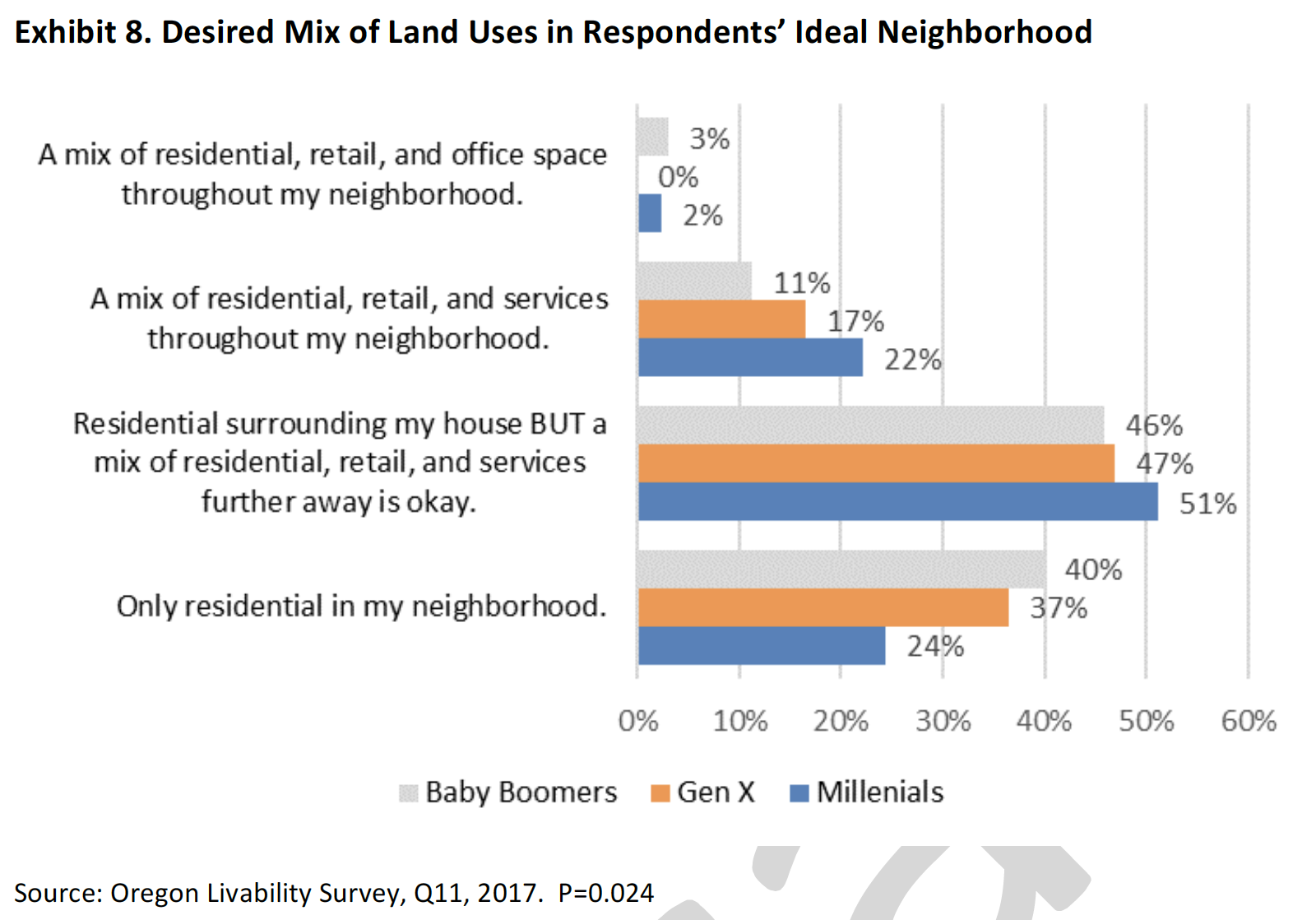
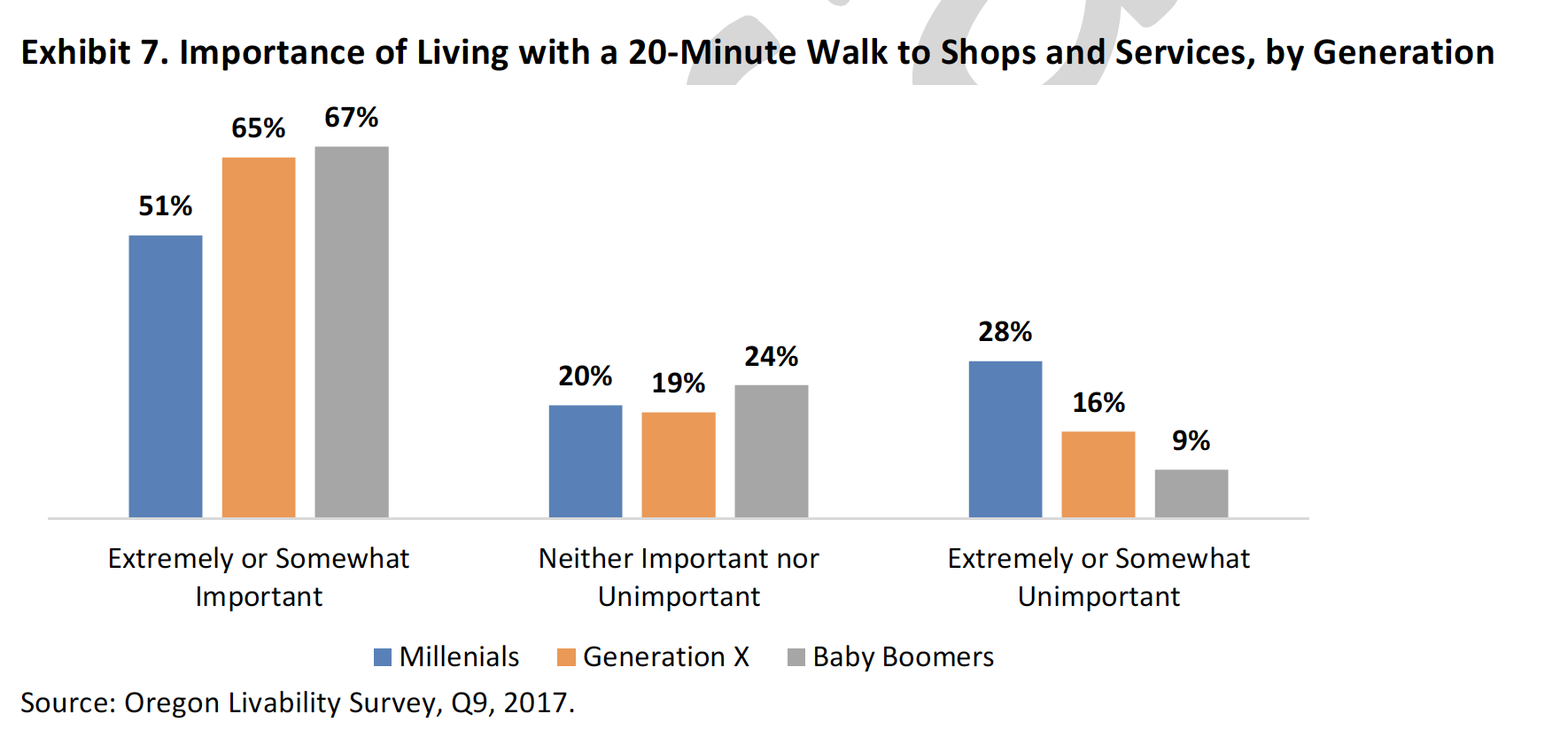
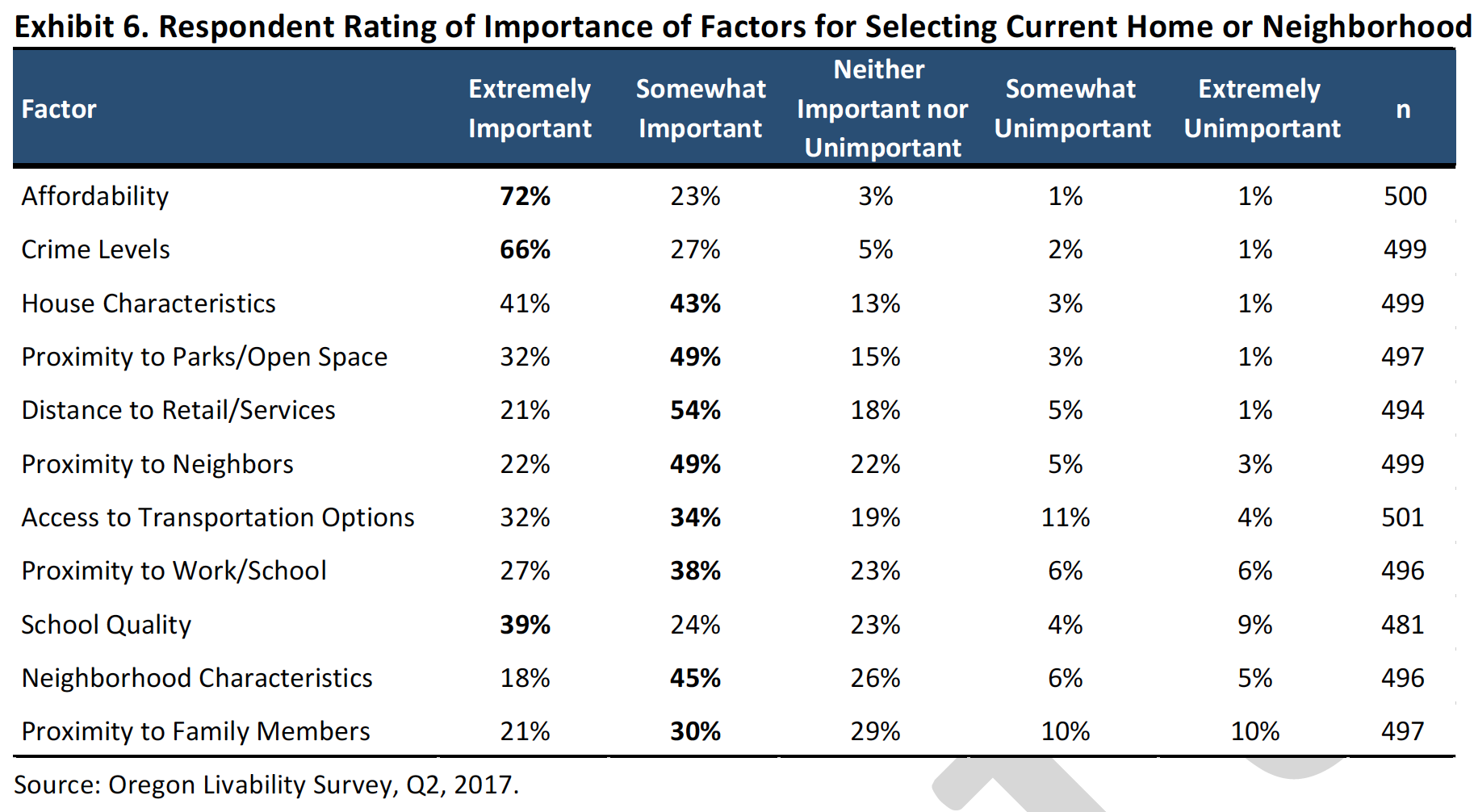
Eugene Neighborhood Livability Working Group Report September 2011
*Mostly focused on students housing impacts
We take as fundamental rights already protected by law, that all residents of the city and the city’s neighborhoods shall be entitled to the safe and peaceful enjoyment of their residences and that their property shall be respected; that public behavior shall be consistent with these rights.
Behaviors with negative impacts addressed in this paper:
Property, Personal & Behavior Crimes & Issues
- Noise-related
- Related to Personal Safety (violent crimes, fighting, intimidation, sexual assault, robbery)
- Related to Property (theft, vandalism, trespass, graffiti, removal of public signs)
- Traffic (illegal parking, DUII, speeding)
Zoning/Land Use Issues
- Property Upkeep (incl. not limited to: garbage removal, lawn care, home maintenance, litter)
- Parking
- Zoning Violations
- Exodus of Long-Term Neighbors
JWN Report on Negative Infill Impacts
Reduced privacy impacts
- Views into adjacent dwelling
- Views into adjacent backyard
Crowding and reduced view impacts
- Excessive wall adjacent to existing dwelling
- Excessive wall adjacent to existing backyard
- Insufficient setback between structures.
Obstruction of sunlight or air circulation impacts
- Sunlight obstruction
- Air circulation obstruction
Excessive light and noise intrusions
- Excessive exterior area lighting.
- Excessive noise from building-related equipment.
- Excessive noise, exhaust smell, or unhealthy fumes from parking and/or driveway traffic adjacent to existing dwelling or backyard.
- Excessive noise, dust, exhaust smell, or unhealthy fumes from alley traffic adjacent to existing dwelling or backyard.
Other
- Excessive, poorly located, and/or poorly screened on-site parking
Traffic, parking, and pedestrian safety impacts
- Parking or excessive driveway surface in front of structure (i.e., between structure and street), or excessive curb cut.
- Diminished pedestrian and bicyclist safety; reduced appeal of walking and bicycle riding.
Neighborhood impacts
- Loss of permeable surfaces.
- Loss of arable surfaces, large- and small-scale vegetation, habitat, and wildlife.
- Increased load on infrastructure, including streets, alleys, sidewalks, water system, sanitary sewer, storm sewers.
